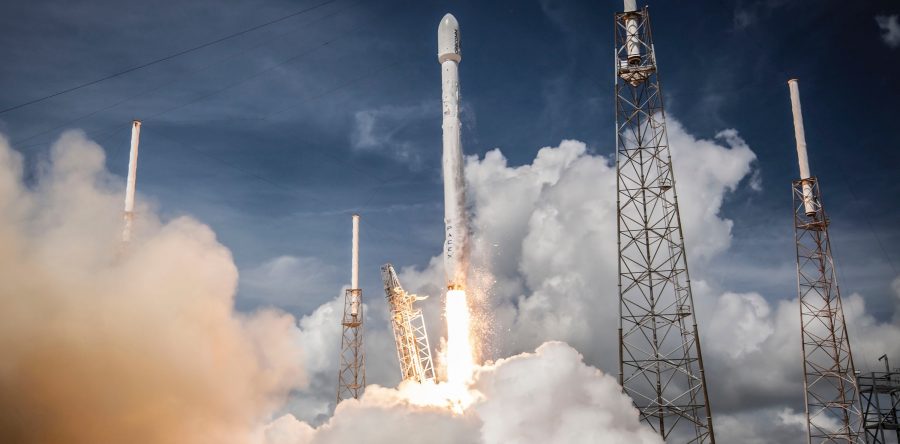The 1960’s space race to the Moon was an extremely focused, ambitious, and risky national objective. That same level of national motivation and risk taking now needs to be applied to the clean energy technologies that will power the future. This is particularly important for underappreciated, emerging technologies that can complement renewable energy sources like small, advanced nuclear reactors.
Unfortunately, it is almost impossible to imagine the U.S. government laser focusing on this national, technical, and humanitarian clean energy objective. This is one example of what the government getting serious could look like. The more likely long-term scenario is dramatic but incremental change that scales up renewable energy while still leaving the world about 40% powered by fossil fuels in 2050.
The U.S. achieved Moonshot success because there was intense focus by the U.S. government, large expenditures on uncertain new technologies, partnership and innovation from the private sector, and personal risks taken by astronauts.
The New York Times reported that despite their national celebrity, astronauts could not get life insurance. So, they created “insurance covers” including signing commemorative envelopes for their families to sell if their lives were lost on a mission. Judged by this remarkable and noble yardstick, America’s official risk appetite seems to have significantly decreased since Neil Armstrong became the first person to walk on the Moon in July 1969.
But as a new report makes clear, the U.S. has resurrected public-private partnerships to help it recover from its lagging position in space launch. The support that the U.S. provided to Space X has allowed it to become a global space launch leader, cutting deeply into the significant lead that Russia had just 5 years ago. The key to this success was that the federal government provided “cost sharing for research, development and demonstration, and act[ed] as a first customer.”
The U.S. and its allies find themselves in a similar position in the civil nuclear environment. Once the world’s leaders in the development, deployment and export of zero-carbon nuclear energy, they now find themselves fighting for a seat at the nuclear export table with a dominant Russia and an emerging China.
That situation can be reversed as new, small, advanced technology reactors emerge as the next wave of nuclear power. But much more needs to be done to underpin this repositioning.
The Russian and Chinese governments are actively supporting their next generation nuclear technologies and linking them to their geopolitical ambitions. It is difficult for any private sector company to effectively compete on this severely tilted state-dominated playing field. And the U.S. and allied governments are slowly coming to realize the implications of being on the sidelines. The loss of the next generation nuclear market to these two authoritarian nations will have significant geostrategic, global security, and non-proliferation consequences.
But, the private-public formula that made Space X soar is not yet being applied in advanced nuclear. The urgency is lacking despite a serious bipartisan push from Congress. Instead, there is a small stream of federal financing for advanced nuclear projects, a deferral to the private sector, and an unwillingness to plot a strategy for success.
But venture investors are not going to put real money into these technologies without a clear signal of long-term, deep-pocketed commitment from the U.S. government. As Bill Gates has made clear, private investors will match or exceed the government contribution but it must be much more substantial.
And, the U.S. will need to team up with its allies, particularly Canada, Japan and South Korea to pool resources, talent, and test beds and collectively develop effective governance structures for these new technologies.
Fifty years ago, Neil Armstrong stepped on the Moon. It was the culmination and validation of a decade of enormous risk taking. Over the next fifty years, one of the world’s greatest human needs is to become carbon free. Achieving that essential goal will once again require embracing risk.
Kenneth Luongo, President, Partnership for Global Security


